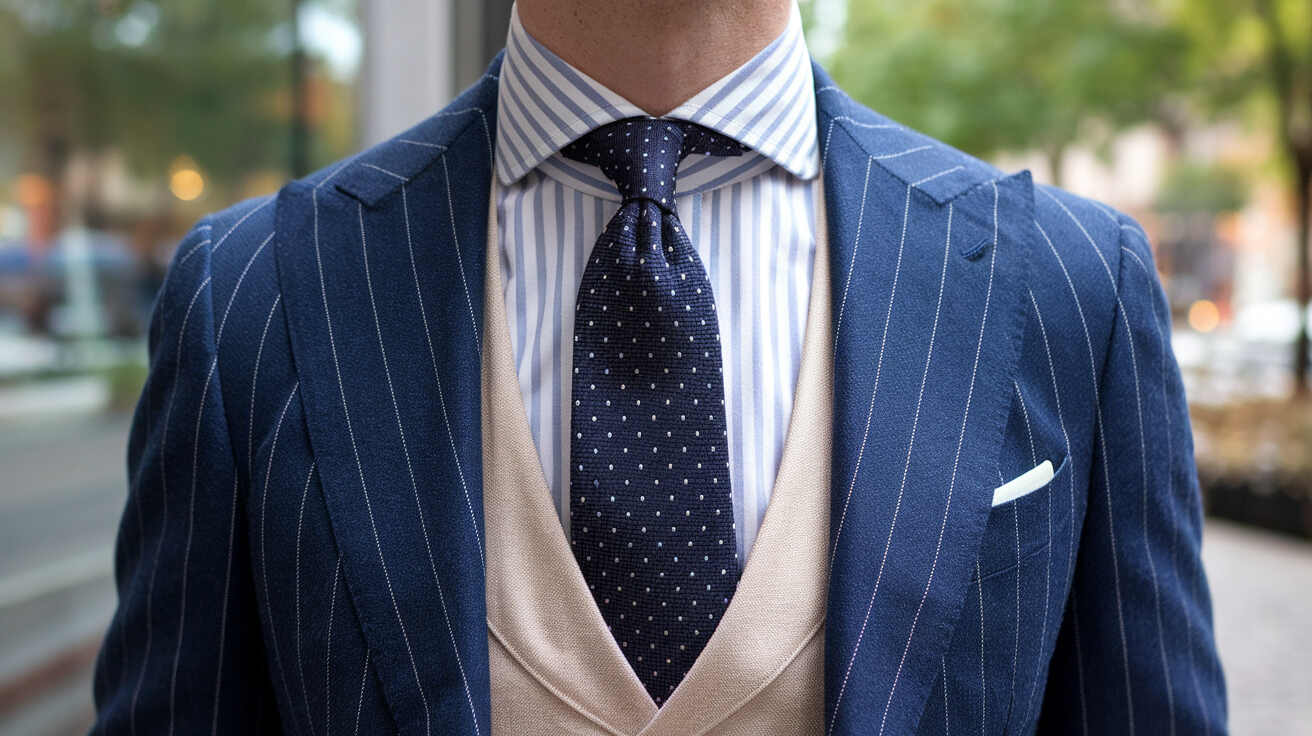From Boardroom to Ball: Perfecting Your Shirt and Suit Combo
Matching your shirt with a suit can elevate your style and help you feel confident for any occasion, whether it’s a formal business meeting, a semi-formal event, or a casual gathering. Getting the combination right involves understanding colors, patterns, and the level of formality each setting requires. With endless possibilities in color pairings, fabrics, and styles, this guide simplifies the essentials, helping you make thoughtful choices that reflect both the event’s tone and your personality. By following these tips, you’ll be able to navigate every occasion with ease, ensuring you look polished, appropriate, and effortlessly put-together.
Understanding Suit and Shirt Styles
- Suit Styles: Suits come in various styles, including single-breasted, double-breasted, and slim-fit. Single-breasted suits are versatile for both formal and casual occasions, while double-breasted suits add a touch of sophistication and are ideal for formal events. Slim-fit suits provide a modern silhouette, perfect for a contemporary look.
- Shirt Styles: Common shirt styles include dress shirts, button-downs, and spread collars. Dress shirts are typically tailored and come in various colors and patterns, making them suitable for formal settings. Button-down shirts have a more relaxed vibe, perfect for semi-formal or casual occasions. Spread collar shirts create a sharp appearance, often paired with ties.
- Fabric Choices: Fabric plays a significant role in both comfort and style. Wool suits are ideal for cooler weather, while linen suits are perfect for warm climates. Cotton shirts offer breathability and versatility, while silk adds a luxurious touch for special events.
- Understanding Fit: Proper fit is crucial. A well-tailored suit enhances your silhouette, while a fitted shirt complements the suit without being too tight or loose.
Color Coordination Techniques
- Neutral Base: Start with neutral suit colors like navy, gray, or black. These shades are versatile and match well with most shirt colors, making coordination easier for various occasions.
- Complementary Colors: Choose shirt colors that sit opposite your suit color on the color wheel for a striking contrast. For example, a navy suit pairs well with a light pink or pale yellow shirt, creating balance and visual interest.
- Analogous Colors: Choose colors adjacent to the color wheel to create a harmonious look. For instance, a charcoal suit with a deep blue or light gray shirt creates a harmonious, understated effect that’s polished yet subtle.
- Monochromatic Schemes: Stick to shades of the same color family for a sleek, modern look. A light blue shirt with a dark blue suit works well, especially for formal settings.
- Seasonal Hues: Your color choices should reflect the season. Warm tones like burgundy, brown, or deep green work well in fall and winter, while pastels and brighter shades suit spring and summer events.
Patterns and Textures
- Balancing Patterns: When coordinating patterns, keep one element bold and the other subtle. For example, pair a pinstripe suit with a solid or lightly patterned shirt to create visual interest without overwhelming the look.
- Mixing Patterns Thoughtfully: If both your suit and shirt have patterns, ensure they vary in size and style. A suit with thin pinstripes can work well with a shirt featuring larger checks or a faint dot pattern, maintaining contrast and balance.
- Incorporating Texture: Texture adds depth to your outfit, especially for formal or winter attire. Wool, tweed, and flannel suits provide a rich, warm texture ideal for cooler months, while smooth cotton or linen suits are lighter, perfect for summer.
- Contrast for Interest: A smooth, solid-colored shirt with a textured suit (like tweed or herringbone) creates a balanced look. For a modern twist, try pairing a textured shirt with a solid suit.
- Layering with Accessories: Patterns and textures can be echoed in accessories like ties and pocket squares. A textured tie or subtly patterned pocket square can pull the outfit together, complementing the overall style without clashing.
Matching Your Shirt and Suit for Different Occasions
- Formal Occasions:
- Black Tie Events: Choose a timeless black tuxedo along with a fresh white dress shirt. You should include a black bow tie as an essential item, and consider adding a waistcoat for extra elegance. Avoid patterned shirts to maintain the formal aesthetic.
- Corporate Meetings and Interviews: Choose a navy or charcoal suit with a solid white or light blue dress shirt. A conservative tie completes the look, projecting professionalism and confidence. Avoid overly bright colors or flashy patterns.
- Semi-Formal Occasions:
- Weddings and Social Gatherings: A light gray or beige suit pairs well with pastel or patterned shirts, such as soft pink or light floral prints. Match with a coordinating tie or pocket square for a polished look without being overly formal.
- Dinner Parties and Networking Events: A dark suit with a subtly patterned shirt (like small checks) allows for personality while keeping it sophisticated. You might choose to wear a tie, but you can skip it for a more relaxed vibe.
- Casual Occasions:
- Smart Casual Events: A tailored blazer with chinos or dress pants works well with a casual button-down shirt. Try a patterned shirt, such as stripes or gingham, for a stylish yet laid-back appearance.
- Outdoor Gatherings: Light linen suits with breathable cotton shirts in vibrant colors or prints keep you comfortable and stylish. Avoid overly formal combinations; embrace a relaxed approach while still looking put-together.
Final Thoughts
Successfully matching your shirt with a suit involves understanding color theory, patterns, and the formality of each occasion. By selecting the right styles and textures, you can achieve a refined appearance that showcases your personality while ensuring you are dressed appropriately. Whether attending formal events, semi-formal gatherings, or casual outings, these guidelines help you confidently navigate your choices. Embrace creativity within the boundaries of style, and you’ll always make a strong impression wherever you go.


